Is this the cheapest way to deploy the code?
Found the cheapest way to deploy code in 2025. With this simple automation tool, developers can automate the whole deployment process and save hours.

There is no argument in the opinion that deployment is the biggest pain.
Despite the hype around DevOps, Containers, and CI/CD pipelines, many teams, startups, enterprise Dev teams, IT consultancies, and even freelancers are spending more than they realise just to get code into production.
It is expensive, but NOT in terms of money alone, but also in time, in mental bandwidth, and it is like constant firefighting.
So, what really is the cheapest way to deploy code?
The Hidden Costs of Deployment
On the surface, deployment might seem straight-forward and simple: spin up a server, set up CI/CD, connect your Git repository, push code, and go live.
But anyone who’s done this knows:
- Infrastructure complexity: You need to configure the right VMs, containers, networks, storage, and backups.
- Manual operations: Even with pipelines, much of the work involves troubleshooting, patching, or fine-tuning configurations.
- Error-prone steps: A small misconfiguration can mean hours of debugging.
- Scaling challenges: Adding more environments, clusters, or regions multiplies the complexity.
- Monitoring and rollback: You need dashboards, logs, rollbacks, and alerts—none of which come cheap or easy.
All this translates into real costs, both financial and operational.
The Myth of “Cheap DIY” Deployments
DIY sounds cheap in cost: pick the right cloud provider, set up Infrastructure with Terraform, wire Jenkins, install Prometheus, and call it DevOps.
But for many small teams and even enterprises, this ends up being:
- Time-intensive: Building and maintaining this stack requires dedicated DevOps effort.
- Inflexible: It’s hard to adapt to evolving business requirements quickly.
- Not scalable: You build for now, not for scale, and re-architecture later adds more cost.
- Expensive: Andthe biggest thing, it is like a drain hole in your pocket to hire a DevOps Team.
More importantly, the people who are hired to innovate are stuck in a loop of setting up, monitoring, debugging, and maintaining infrastructure.
Is Automation Really Necessary?
Today’s most efficient teams are treating deployment as a solved problem.
How?
They’re adopting approaches that:
- Automate infrastructure provisioning
- Trigger builds from code commits
- Deploy to multiple regions automatically
- Provide real-time visibility (logs, metrics, alerts)
- Enable custom domain mapping with zero manual effort
- Handle rollbacks intelligently
Whether using AI-driven workflows or abstracted platforms, modern deployment tools are focusing on developer liberation, freeing developers from the infrastructure layer entirely.
So, What is the Cheapest Way?
The cheapest way is not the one with the least upfront cost. It’s the one with the least friction, least risk, most developer time reclaimed and less cost.
It’s the system that lets you:
- Push code and forget about what happens next.
- Sleep at night knowing rollbacks and metrics are handled.
- Scale infrastructure when needed.
- Avoid hiring an entire team just to keep deployments running.
[In other words: the cheapest way is the one that removes infrastructure from your concern entirely]
I explored quite a few deployment tools in the market, with an objective to find a more cost-effective solution.
I started with Heroku, it was easy to work with, but the pricing just didn’t fit our budget.
Then I tried Railway.
I really liked the interface and overall experience, but again, the cost was on the higher side.
Eventually, after a lot of research, I came across Kuberns.
It stood out not just because of its significantly lower pricing compared to the other two, but also because it was easy to use.
I even spoke with their team, they were really helpful and mentioned that some exciting new features are coming soon.
Definitely looking forward to seeing how it evolves.
Just a Piece of Advice
If your team is still setting up and maintaining infra manually or even semi-manually, it might be the time to reevaluate the real cost of your deployments.
The future of deployment is fully automated, AI-assisted, and infrastructure-abstracted.
It's no longer about provisioning machines or wiring services. It's about empowering the developers to build, while letting the system deploy, monitor, and scale.
And somewhere out there, that kind of system exists.
































































































































































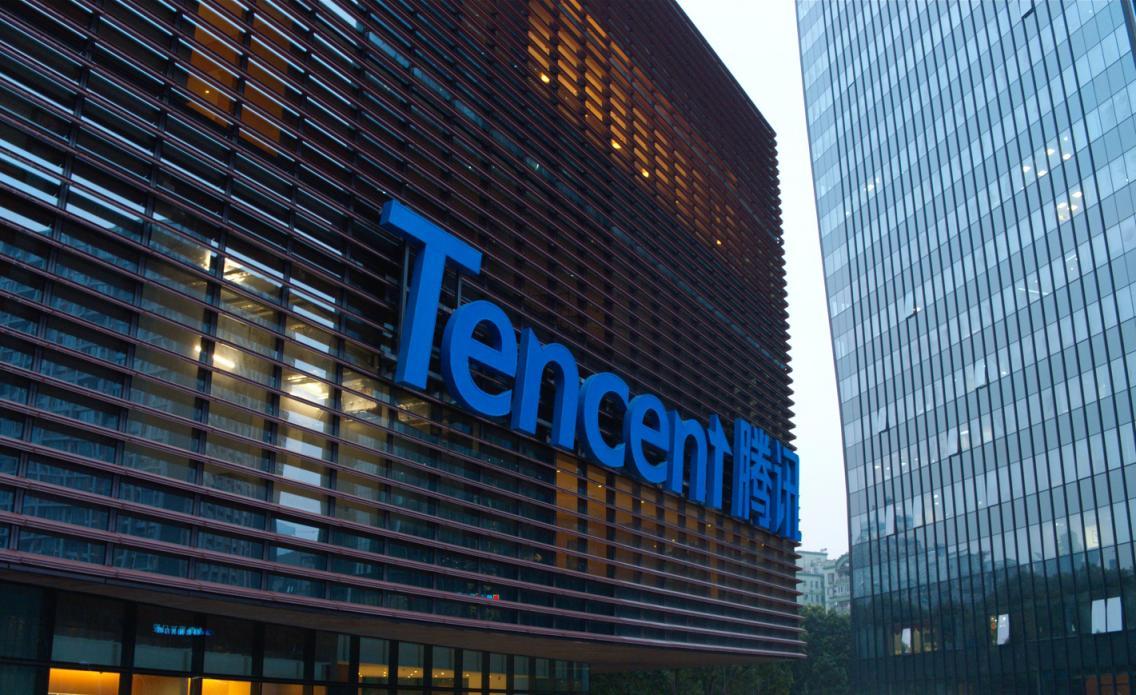













![[The AI Show Episode 152]: ChatGPT Connectors, AI-Human Relationships, New AI Job Data, OpenAI Court-Ordered to Keep ChatGPT Logs & WPP’s Large Marketing Model](https://www.marketingaiinstitute.com/hubfs/ep%20152%20cover.png)










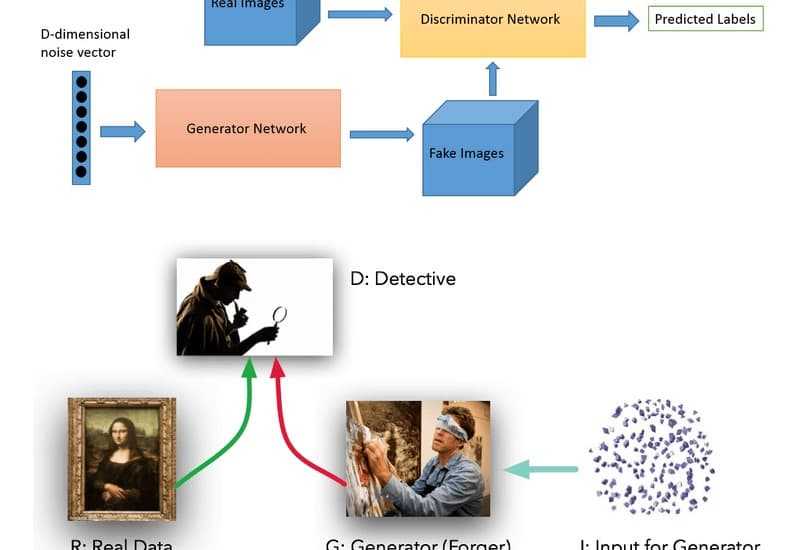
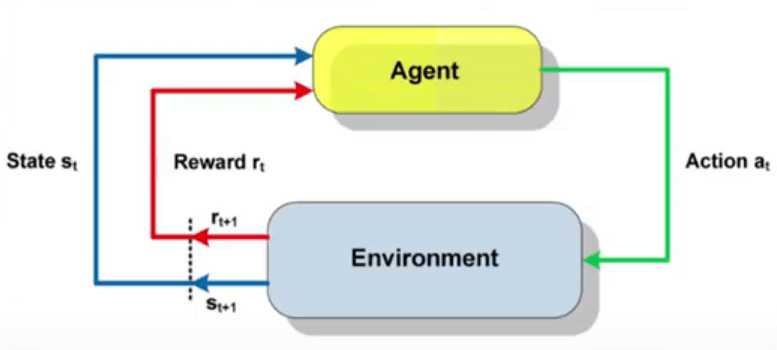


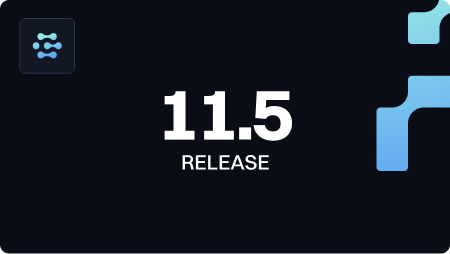

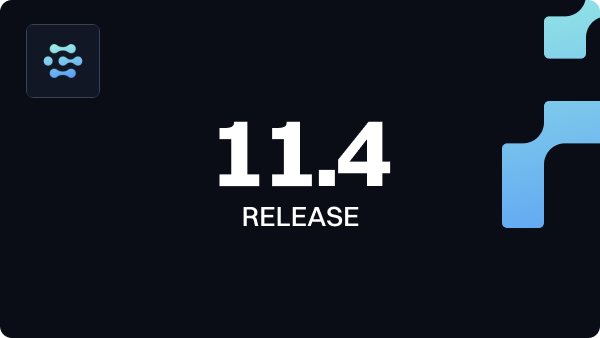














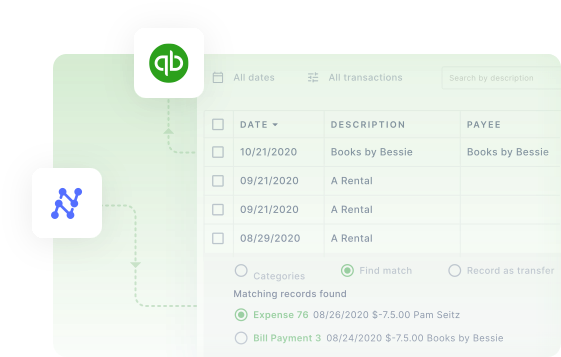









































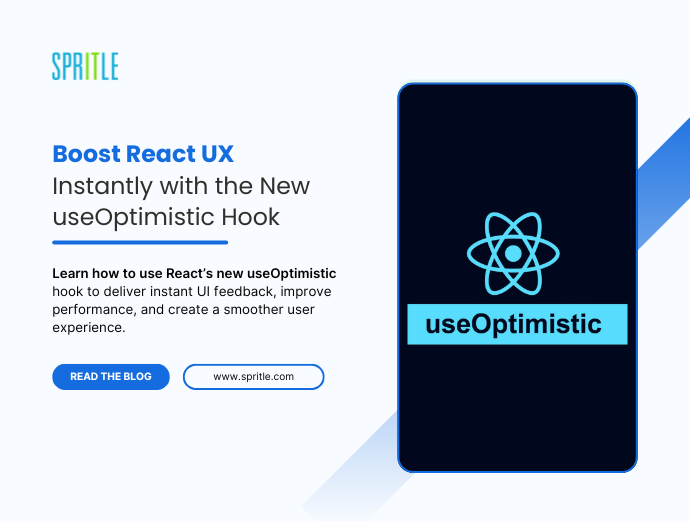
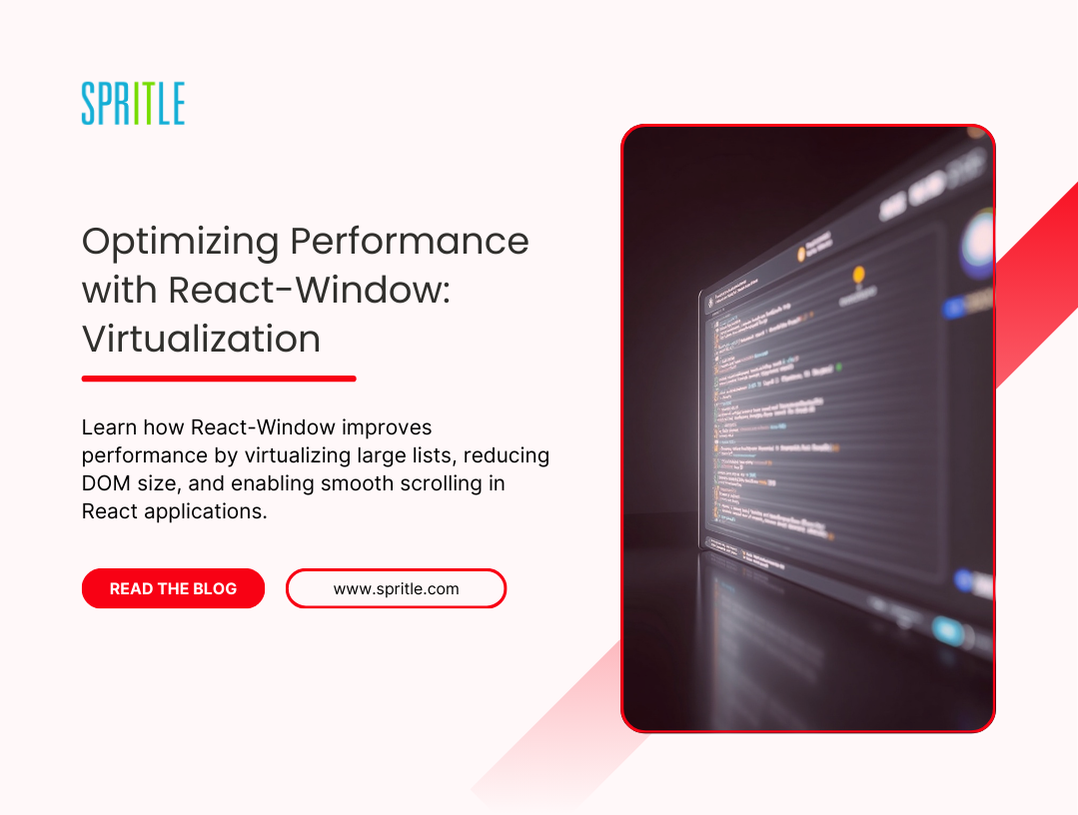

















































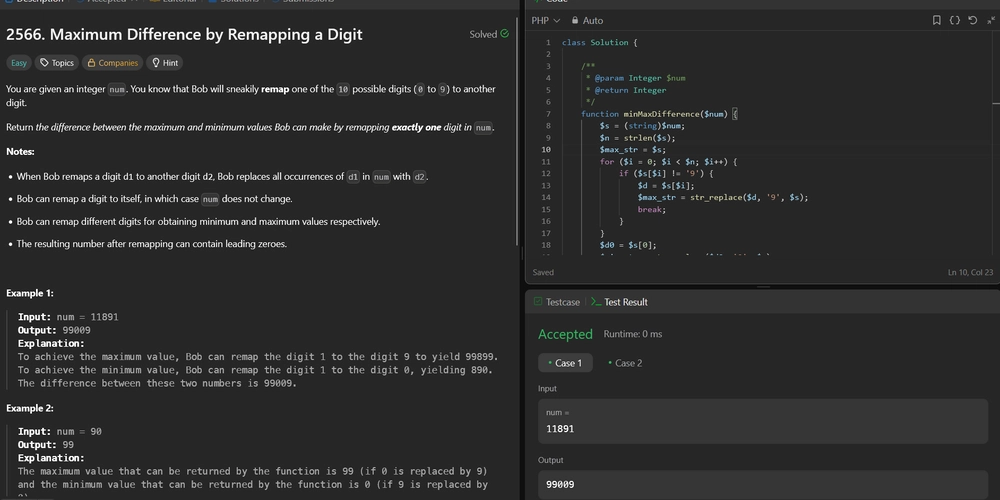















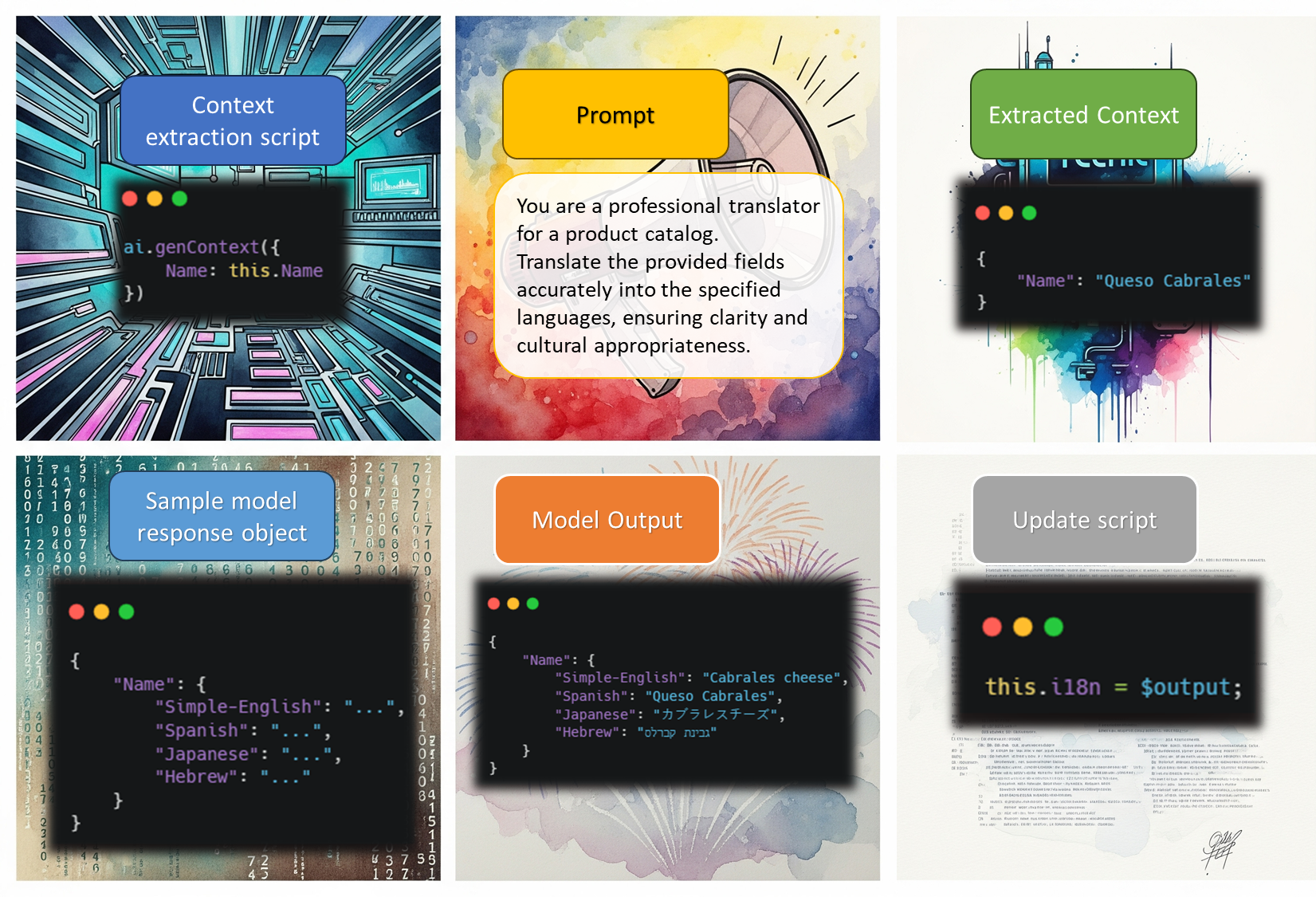





























.jpg?width=1920&height=1920&fit=bounds&quality=70&format=jpg&auto=webp#)




















































































_Andreas_Prott_Alamy.jpg?width=1280&auto=webp&quality=80&disable=upscale#)

_designer491_Alamy.jpg?width=1280&auto=webp&quality=80&disable=upscale#)















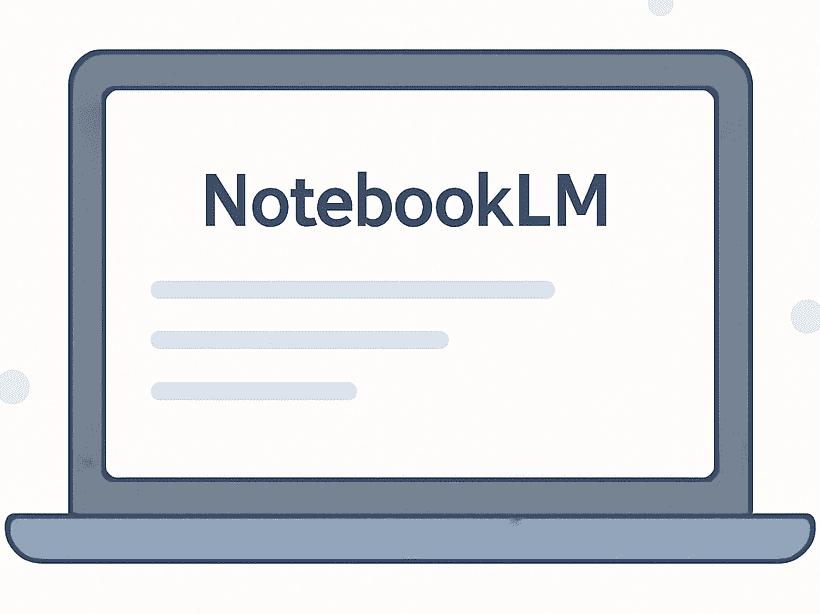









































![Samsung Galaxy Tab S11 runs Geekbench, here's the chipset it will use [Updated]](https://fdn.gsmarena.com/imgroot/news/25/06/samsung-galaxy-tab-s11-ultra-geekbench/-952x498w6/gsmarena_000.jpg)








































![Apple’s latest CarPlay update revives something Android Auto did right 10 years ago [Gallery]](https://i0.wp.com/9to5google.com/wp-content/uploads/sites/4/2025/06/carplay-live-activities-1.jpg?resize=1200%2C628&quality=82&strip=all&ssl=1)
![Everything new in Android 16 QPR1 Beta 2 [Gallery]](https://i0.wp.com/9to5google.com/wp-content/uploads/sites/4/2025/06/Android-16-logo-1.jpg?resize=1200%2C628&quality=82&strip=all&ssl=1)














![3DMark Launches Native Benchmark App for macOS [Video]](https://www.iclarified.com/images/news/97603/97603/97603-640.jpg)
![Craig Federighi: Putting macOS on iPad Would 'Lose What Makes iPad iPad' [Video]](https://www.iclarified.com/images/news/97606/97606/97606-640.jpg)
































































